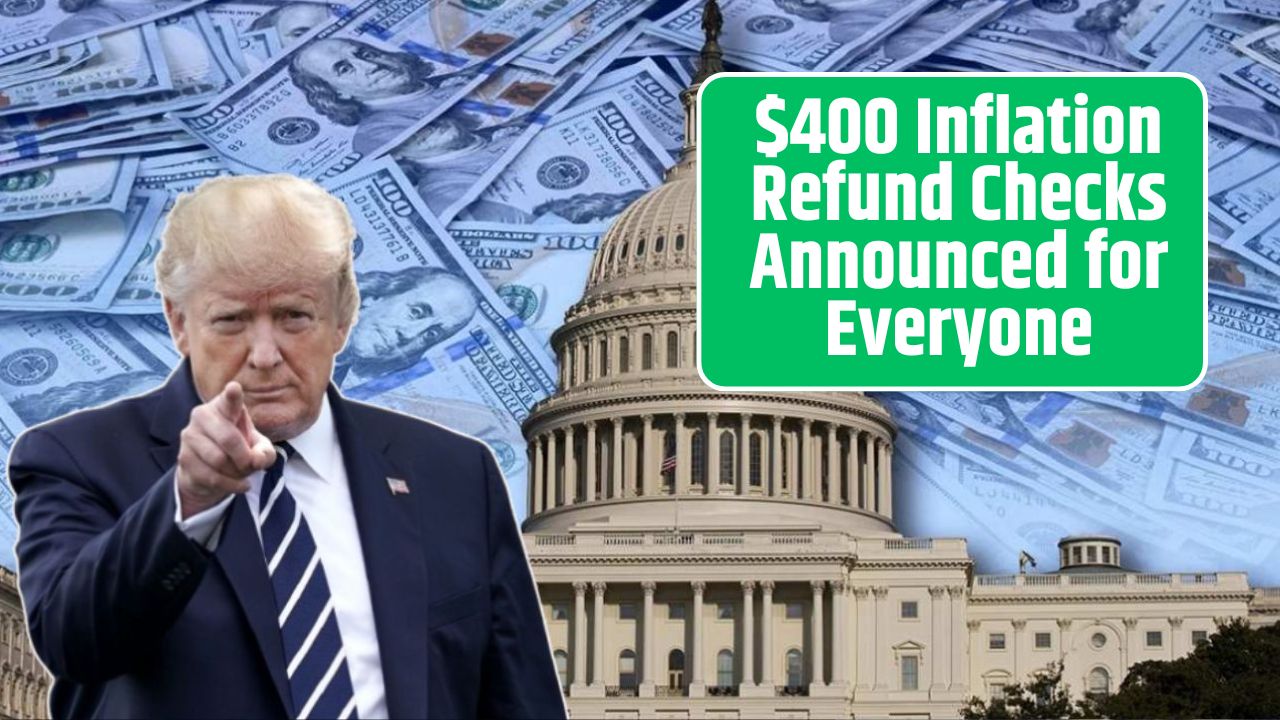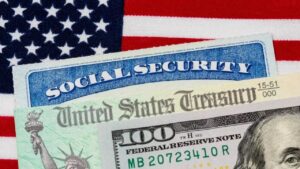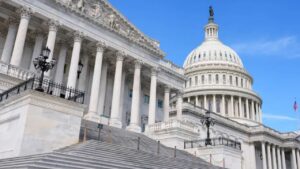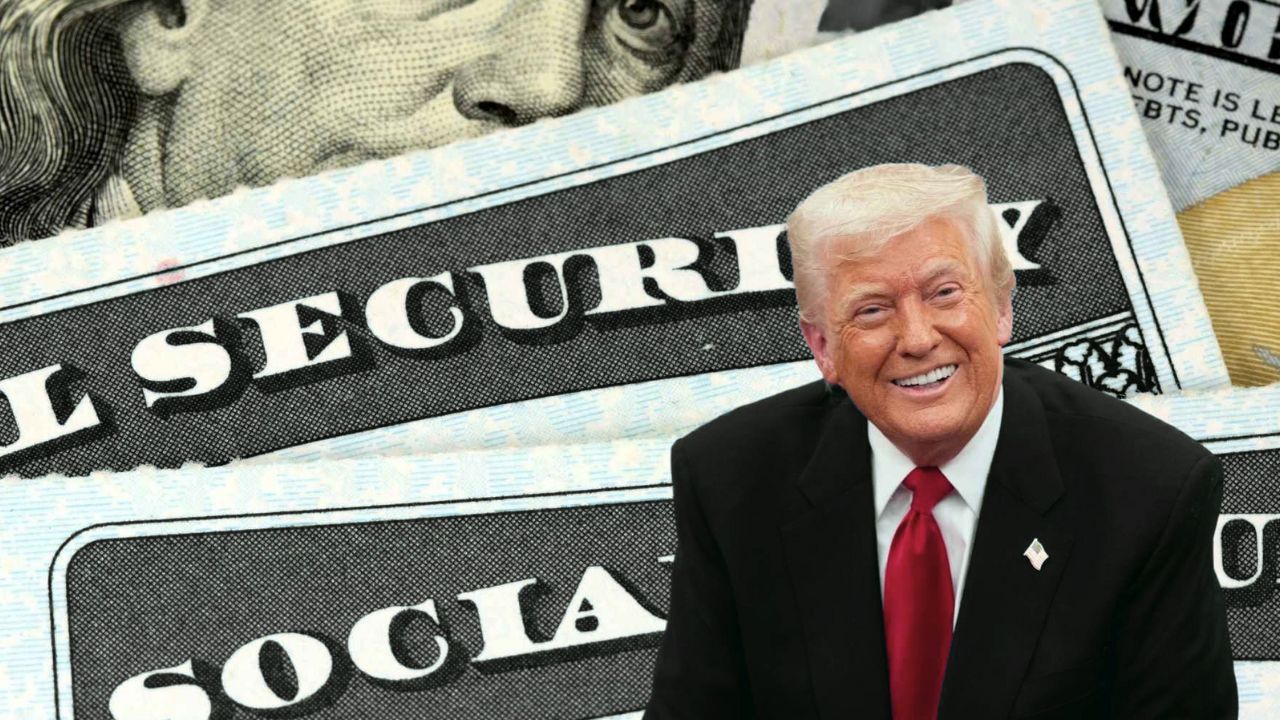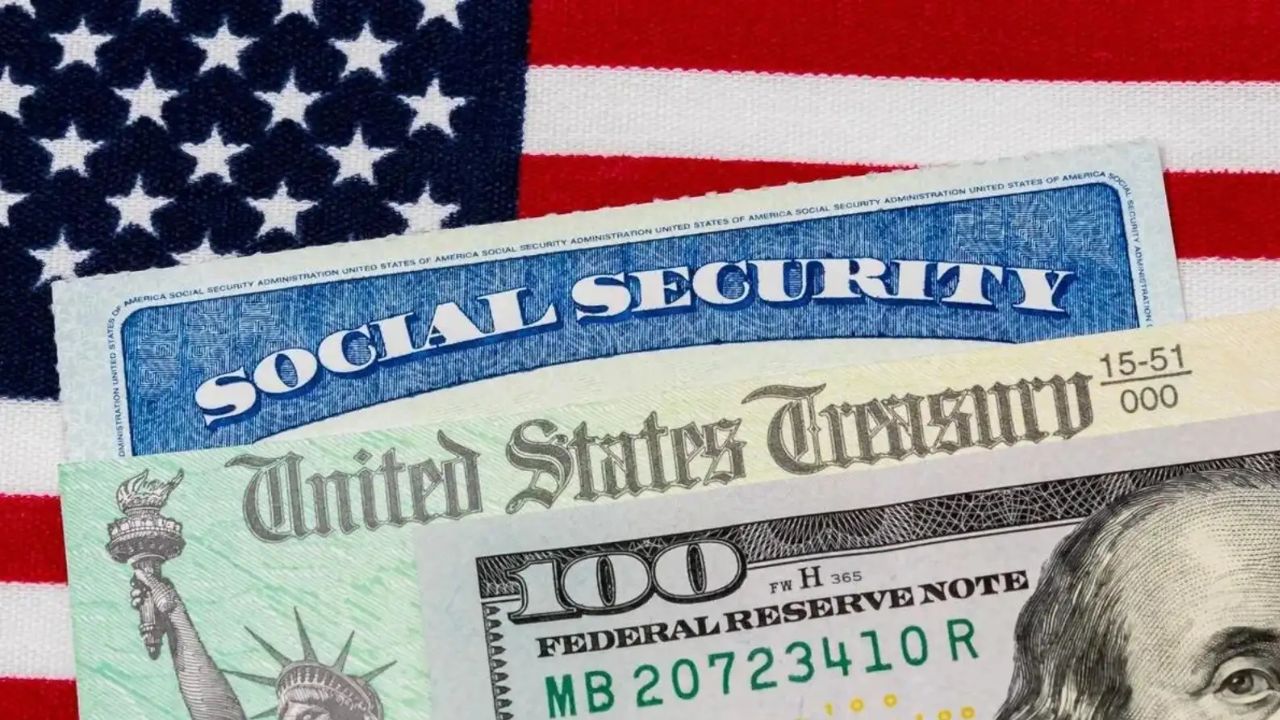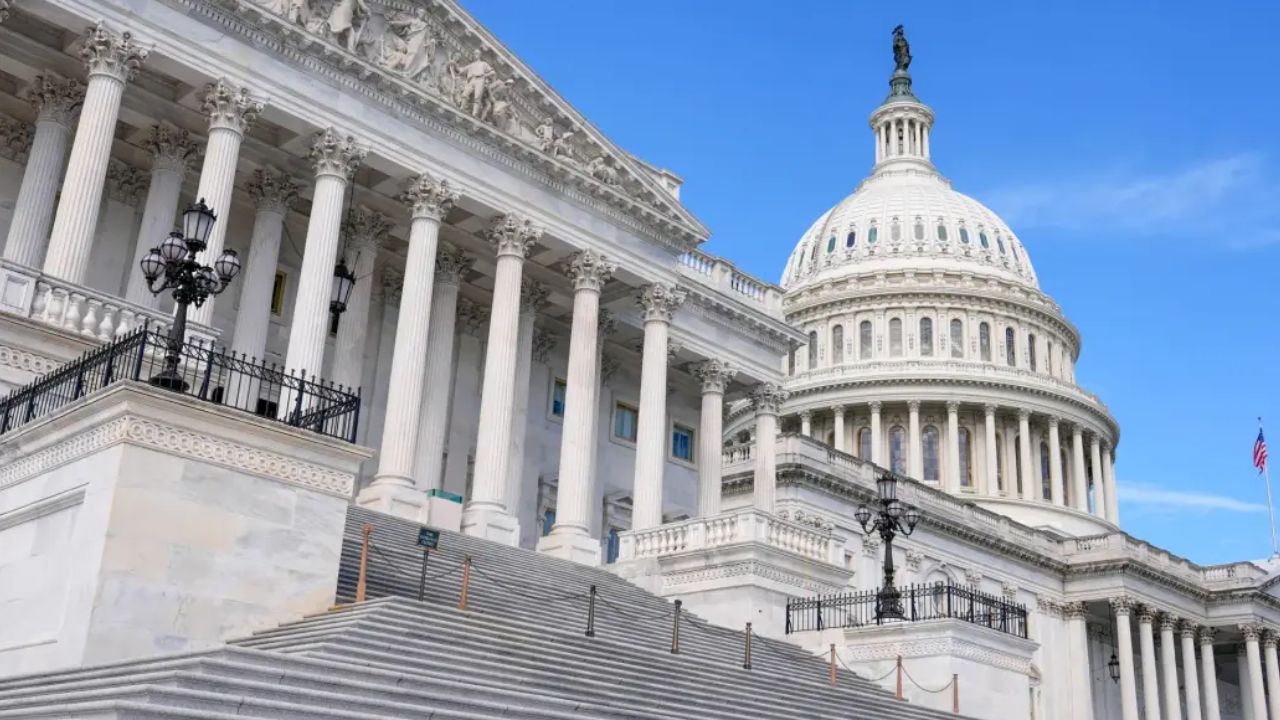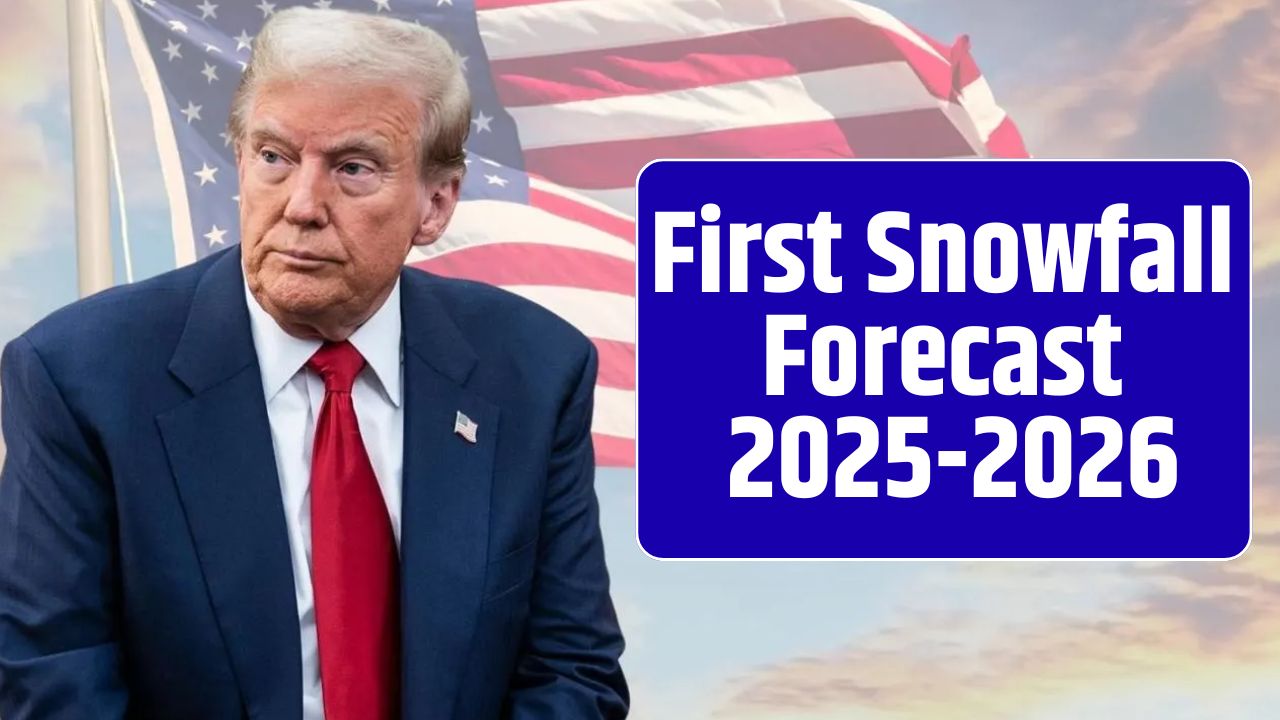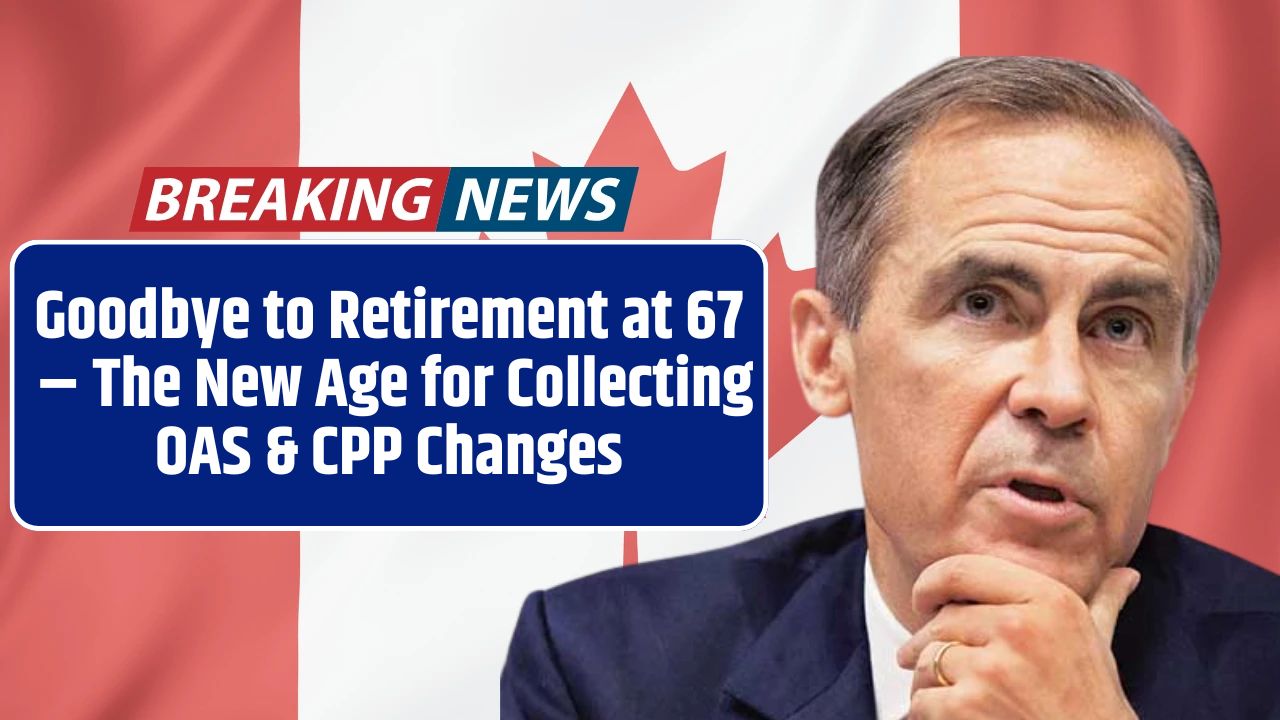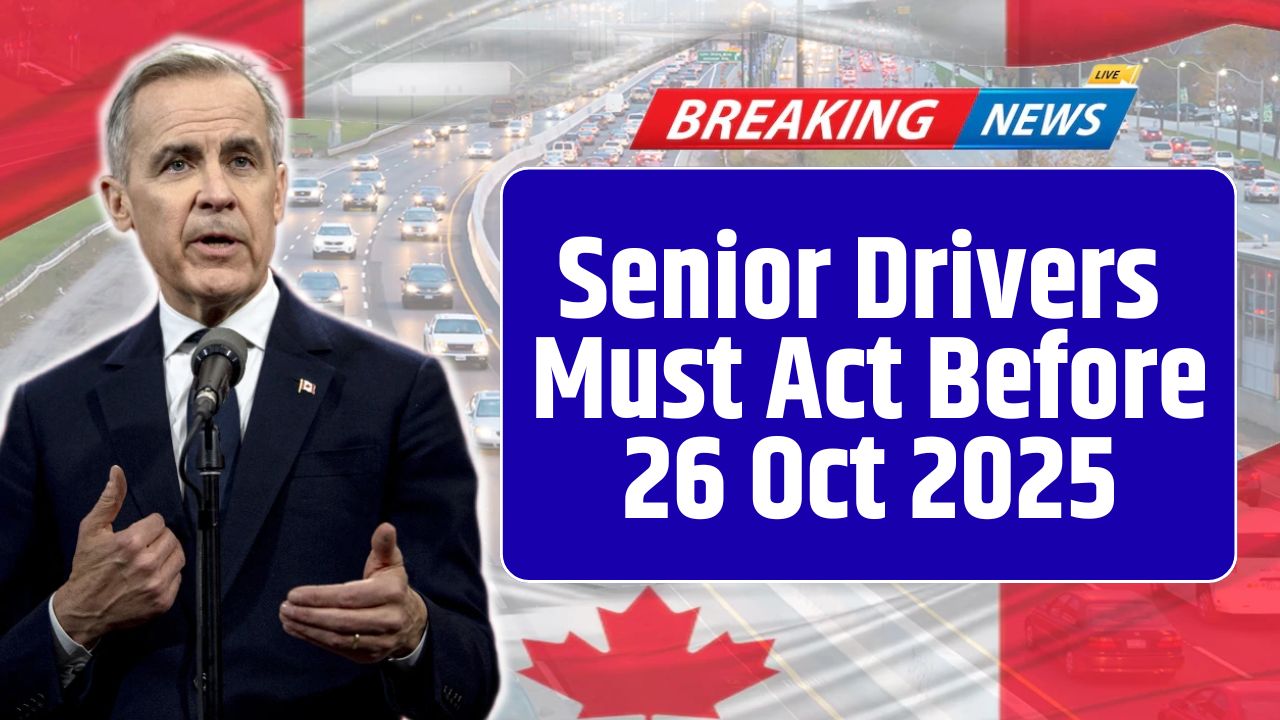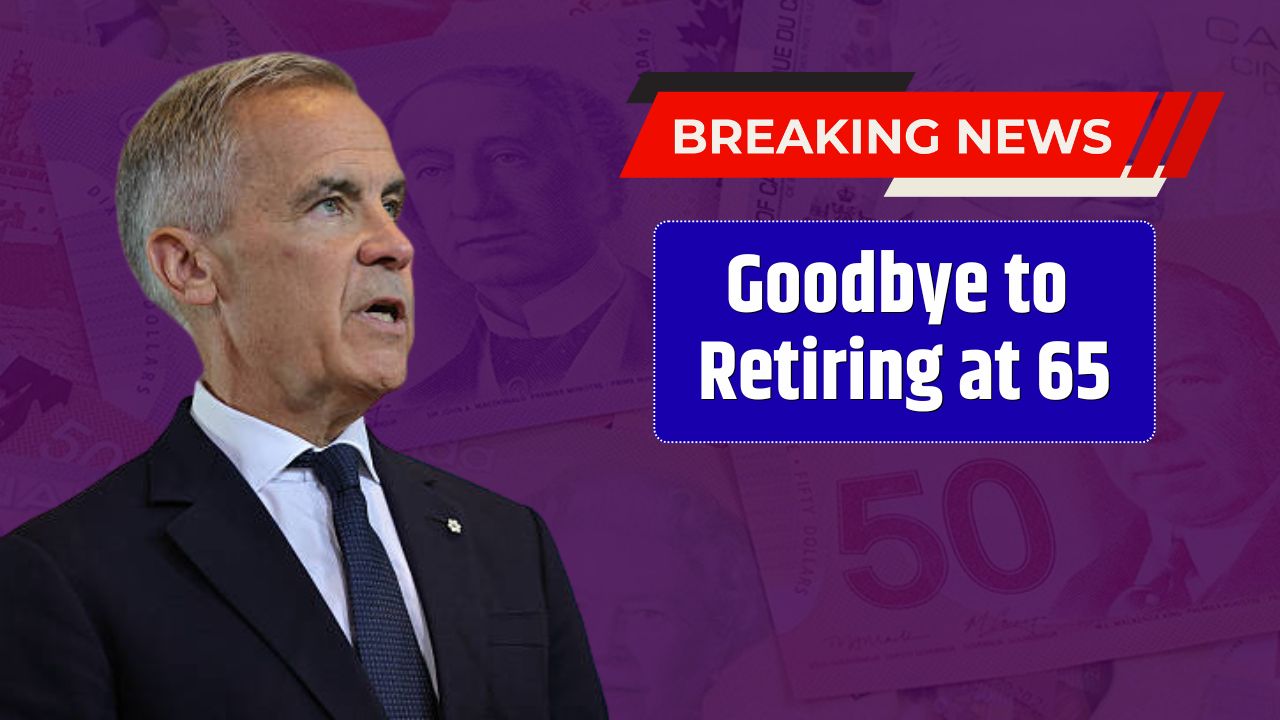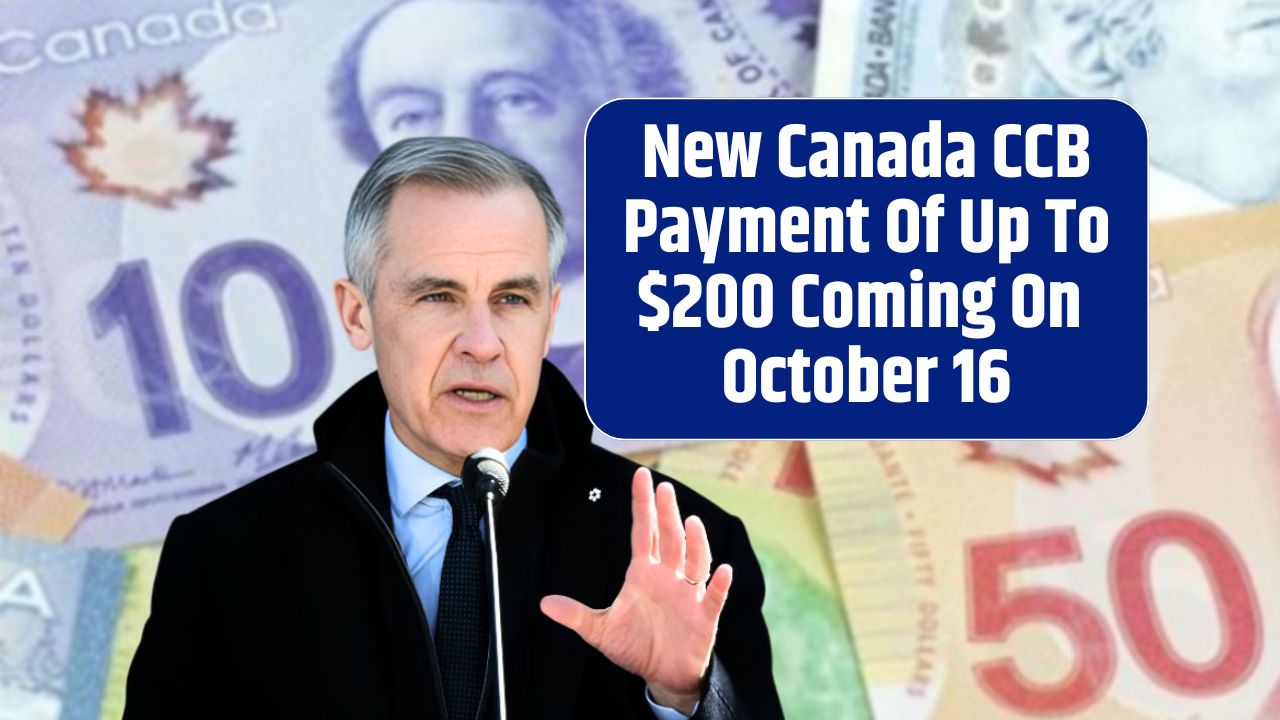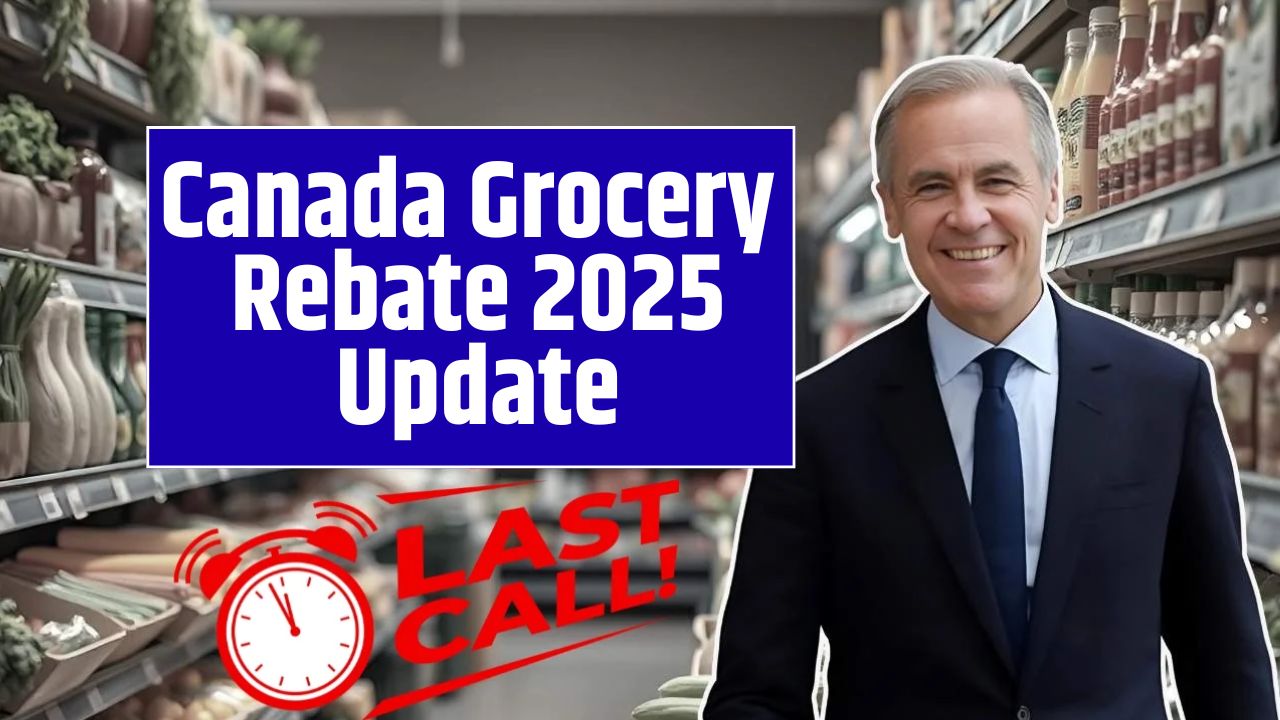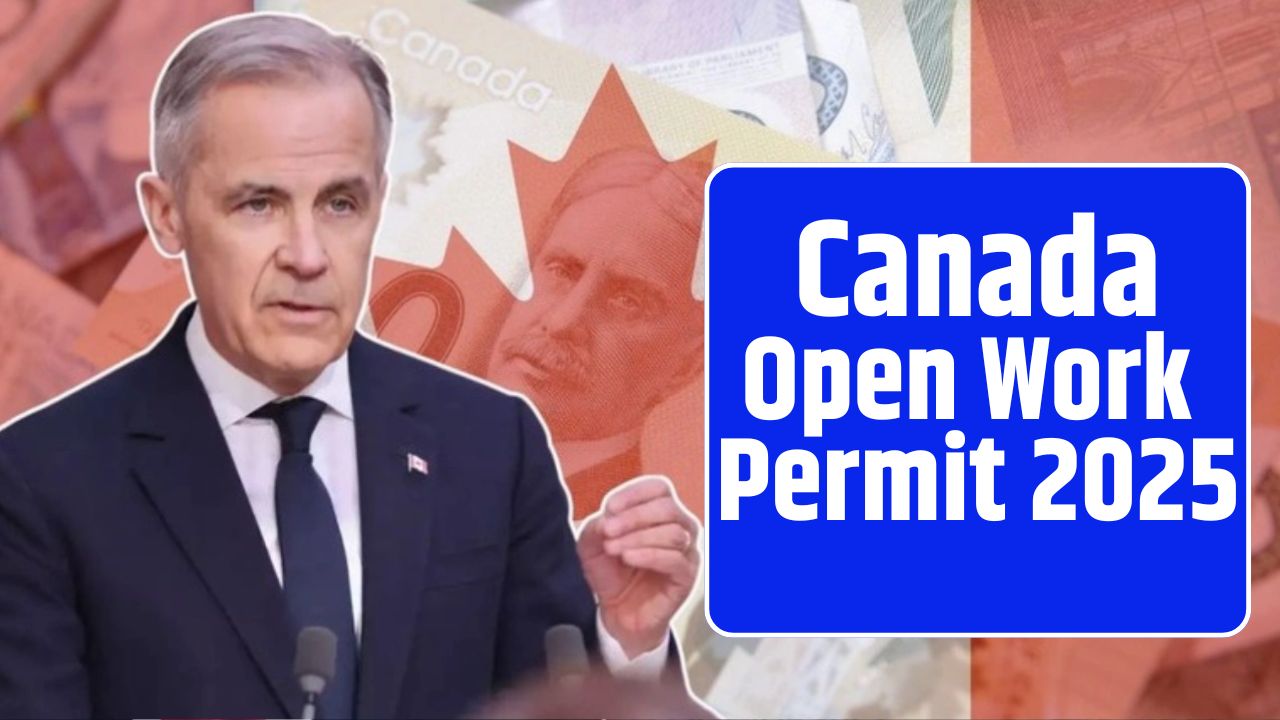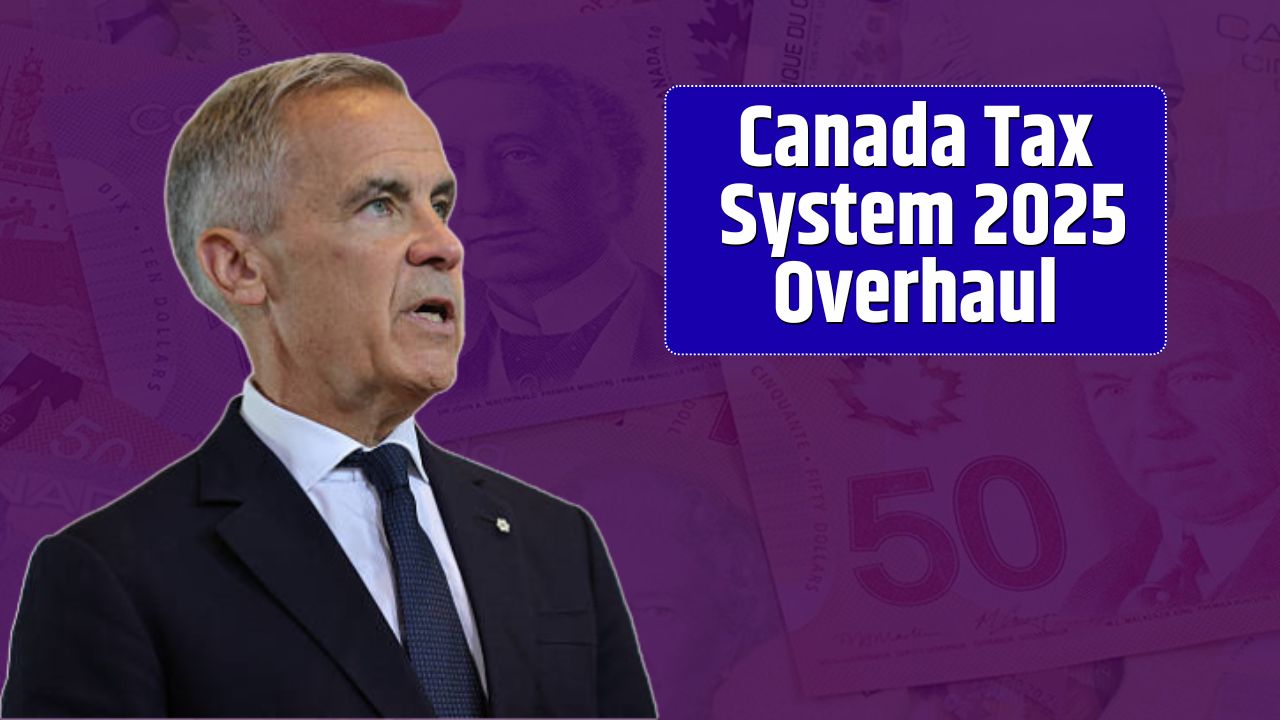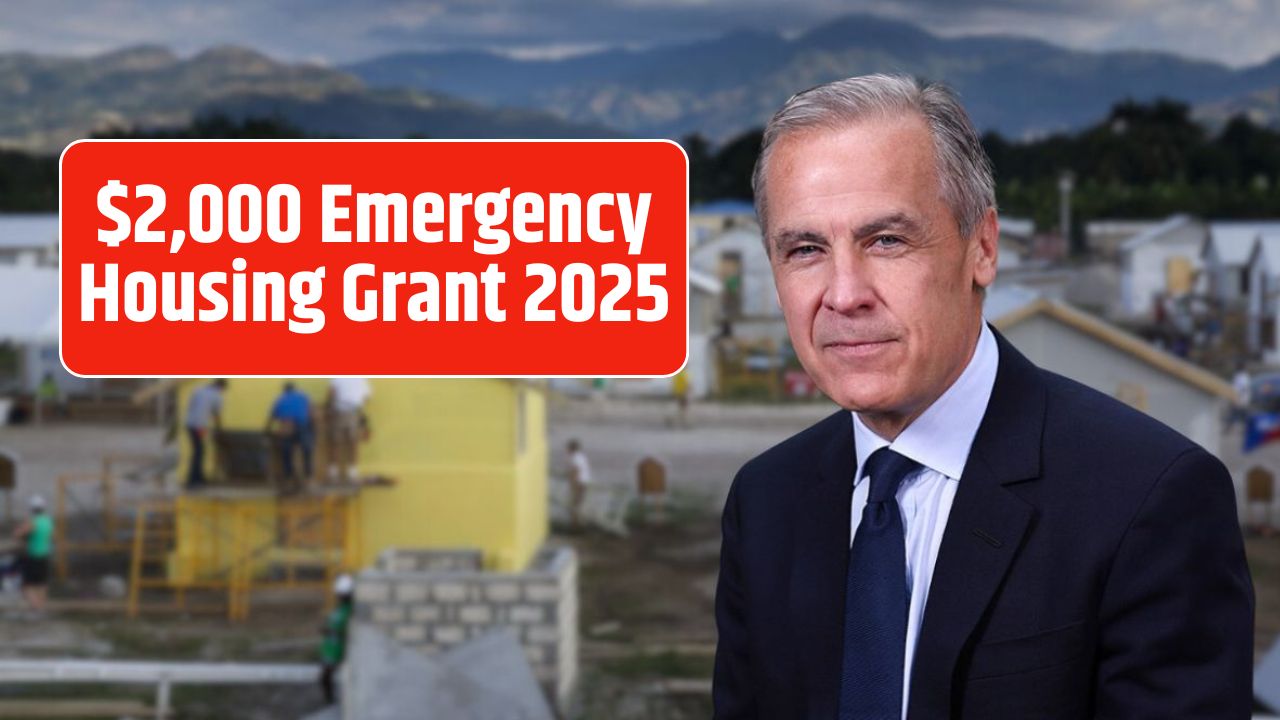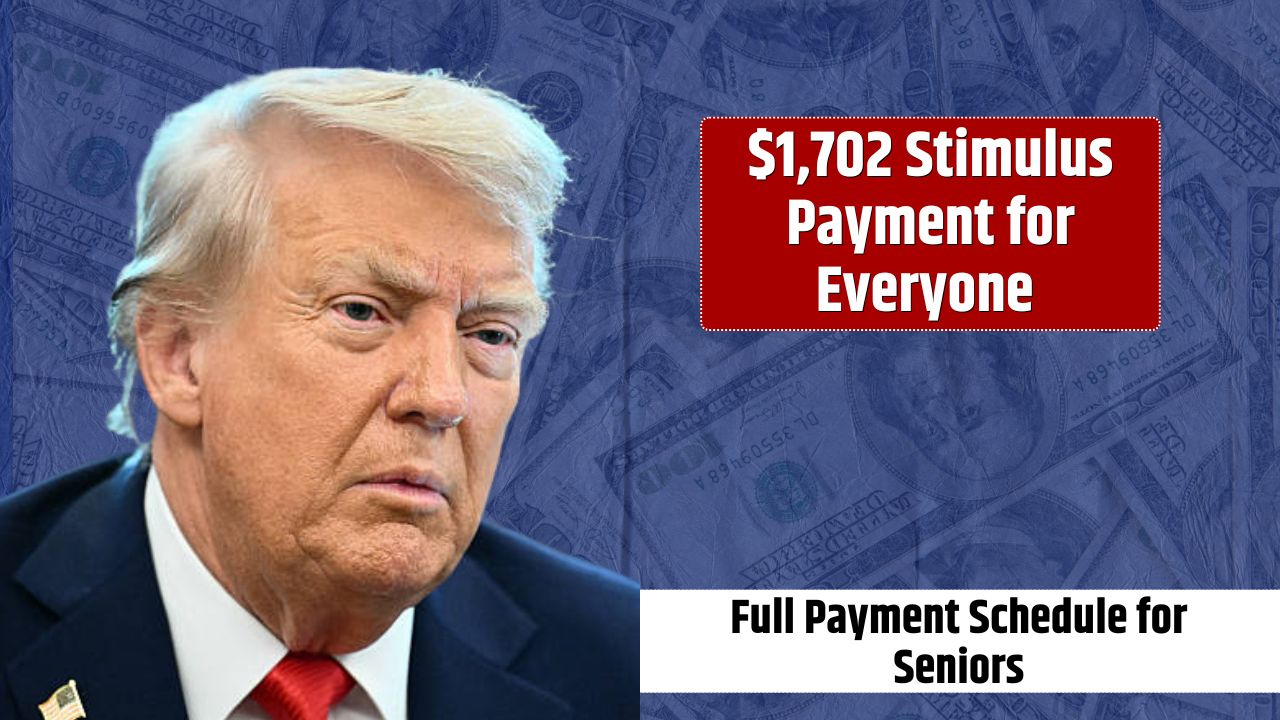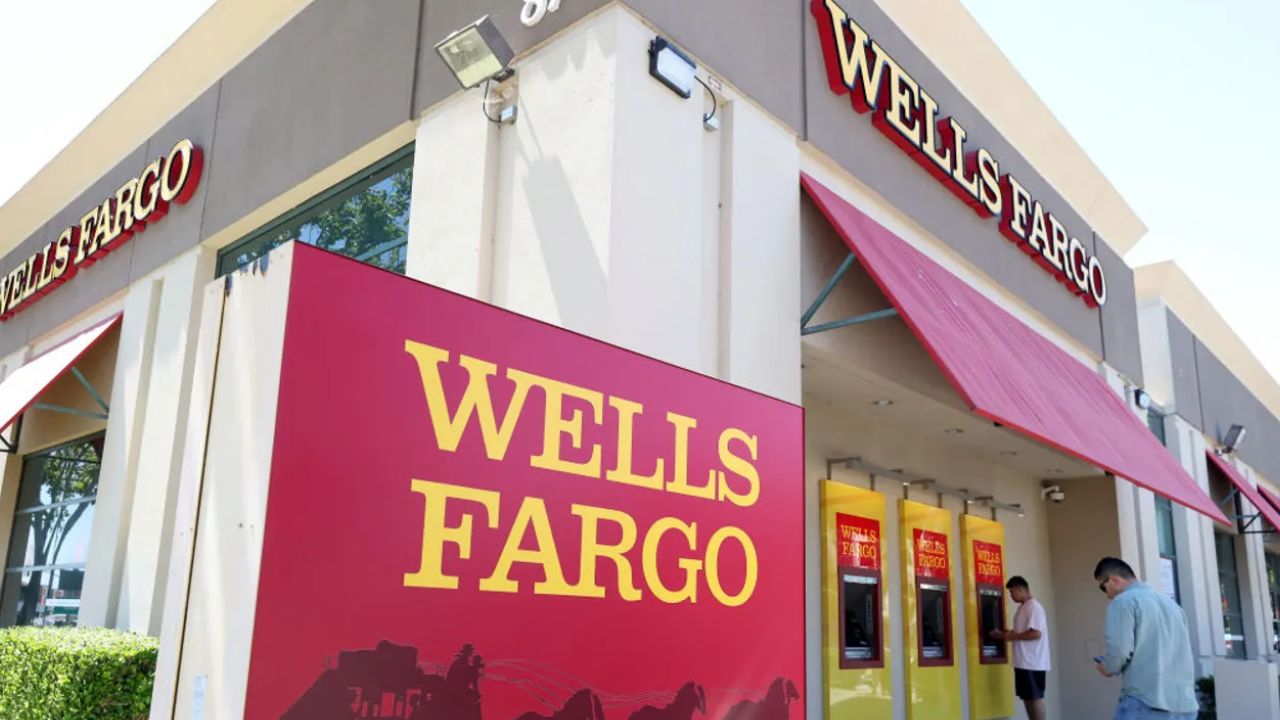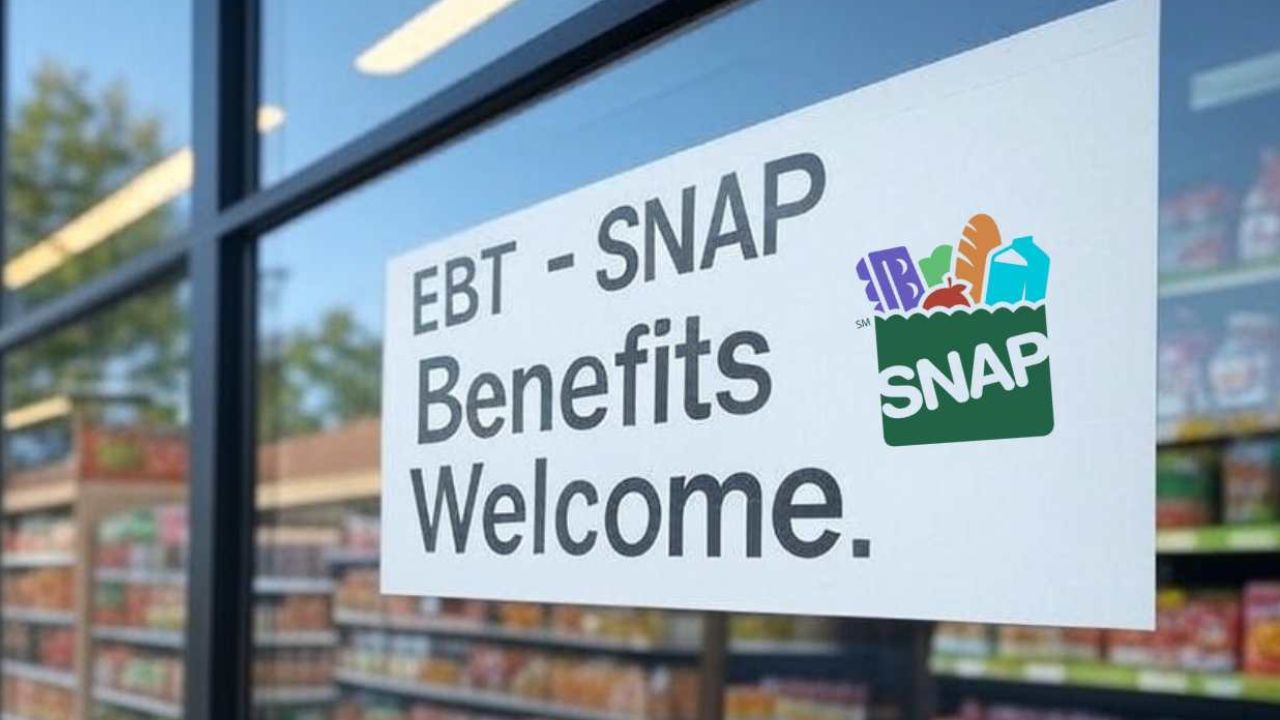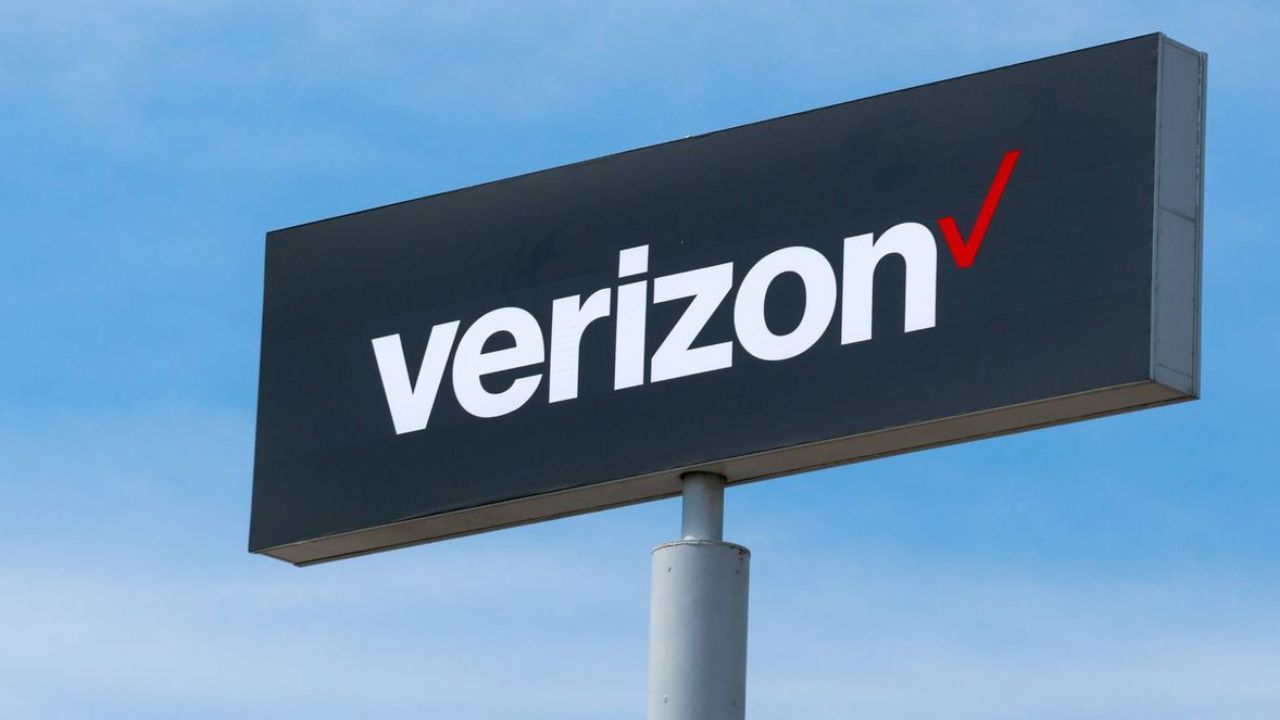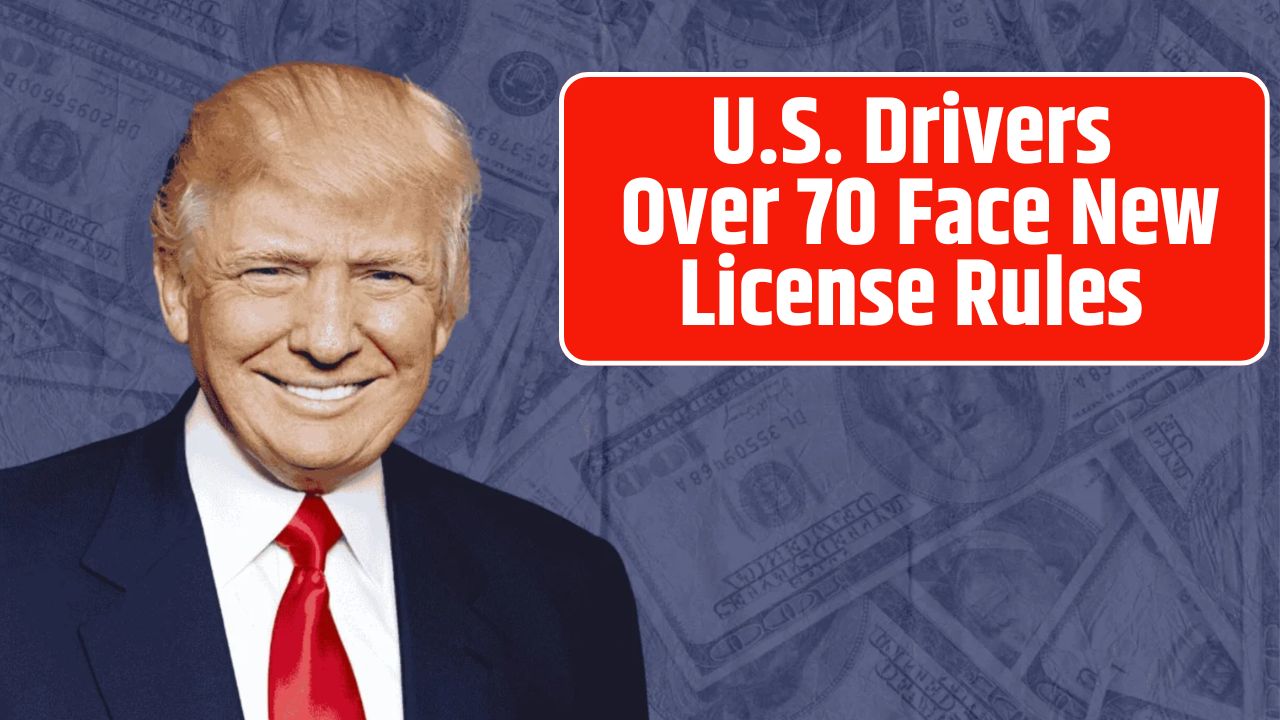New York has rolled out a lifeline for households feeling the squeeze of inflation — the Inflation Refund Checks, a one-time cash payment program designed to give direct financial relief to residents facing rising prices on food, housing, and essentials. The initiative, launched in response to stubborn inflation and limited federal aid, offers up to $400 per household, targeting low- and middle-income earners, seniors, and families with dependents.
The checks aren’t just symbolic. They’re an acknowledgment that while wage growth has lagged, the cost of living hasn’t. And for many New Yorkers, that $200 to $400 boost could mean keeping the lights on or putting food on the table for another month.
Why New York Is Issuing Inflation Refund Checks
Inflation in New York has been particularly relentless. Grocery bills are up more than 20% from pre-pandemic levels, rents in many boroughs have surged to record highs, and healthcare and transportation costs continue to bite. The Inflation Refund Check program is a quick-response policy tool — a state-level intervention meant to bridge the gap between stagnant wages and rising expenses.
The purpose, according to state officials, is straightforward: put money directly in people’s hands without bureaucratic hurdles. Unlike tax credits or vouchers that come with restrictions, these refund checks give households the freedom to spend the funds where they need them most — groceries, rent, energy bills, or child care.
“New Yorkers have weathered enormous economic strain over the past few years,” a spokesperson from the New York State Department of Taxation and Finance said. “These refund checks are about speed, fairness, and flexibility.”
Eligibility and Priority Groups
The payments are automatic, meaning there’s no separate application required. Eligibility is determined through state tax filings — specifically, individuals who filed a New York State income tax return for the most recent tax year.
Priority recipients include:
- Low- and middle-income families struggling to cover basic expenses.
- Senior citizens relying on fixed pensions or Social Security.
- Households with dependents or children.
This design ensures that aid goes first to those who need it most — not those who can afford to wait.
Income and Refund Breakdown
| Filing Status | 2023 NY Adjusted Gross Income (Form IT-201 line 33) | Refund Amount |
|---|---|---|
| Single | $75,000 or less | $200 |
| $75,001–$150,000 | $150 | |
| Married Filing Jointly | $150,000 or less | $400 |
| $150,001–$300,000 | $300 | |
| Married Filing Separately | $75,000 or less | $200 |
| $75,001–$150,000 | $150 | |
| Head of Household | $75,000 or less | $200 |
| $75,001–$150,000 | $150 | |
| Qualifying Surviving Spouse | $150,000 or less | $400 |
| $150,001–$300,000 | $300 |
This tiered model ensures larger families and moderate-income households receive proportionally higher support, balancing relief with fiscal responsibility.
How Payments Are Being Sent
The state is disbursing payments in phases throughout the fall and winter of 2025.
- Direct deposit recipients: Those who provided bank details on their state tax returns will see payments go directly into their accounts.
- Paper checks: Others will receive physical checks mailed to the address listed on their last tax filing.
The New York Department of Taxation and Finance is overseeing distribution. Officials confirm that no application is required — eligibility and payment details are verified automatically through tax records.
Residents can visit www.tax.ny.gov for updates and payment schedules.
Benefits for Residents
The greatest strength of the Inflation Refund Check program lies in its simplicity and immediacy. No forms, no waiting lists, no hoops to jump through.
A $400 check might not change anyone’s financial destiny, but it can stabilize short-term cash flow, especially for households on tight budgets. For example:
- It can cover roughly a week’s worth of groceries for a family of four.
- Pay a utility bill during the winter season.
- Offset childcare costs or rent hikes.
From an economic standpoint, the program also injects liquidity into local communities, sustaining small business sales and neighborhood economies. When residents spend locally, it has a multiplying effect — helping stores, service workers, and the broader tax base.
The Limits — and What Comes Next
Economists caution that while these payments provide relief, they are not a permanent fix. Addressing inflation long-term will require tackling deeper structural issues — like housing affordability, healthcare costs, and wage stagnation.
“Cash relief is like a painkiller — it eases immediate pressure but doesn’t cure the illness,” says Dr. Lisa Mendelson, an economics professor at SUNY Albany. “Still, for families living paycheck to paycheck, it’s an important intervention.”
The New York program could, however, inspire other states to follow suit. States such as California, Massachusetts, and Illinois are exploring similar inflation rebate initiatives, especially as federal relief funds phase out.
Advantages of the Program
- Fast and automatic — No separate application process.
- Flexible use — Recipients decide how to spend it.
- Targeted relief — Aimed at middle- and lower-income families most affected by inflation.
- Local economic boost — Supports small businesses and community-level spending.
FAQs:
How much will I receive from the Inflation Refund Check program?
Between $150 and $400, depending on your income and filing status.
Do I need to apply for the check?
No. Payments are automatic based on state tax records.
When will the checks be sent out?
Distribution began in late 2025 and will continue in phases through early 2026.
